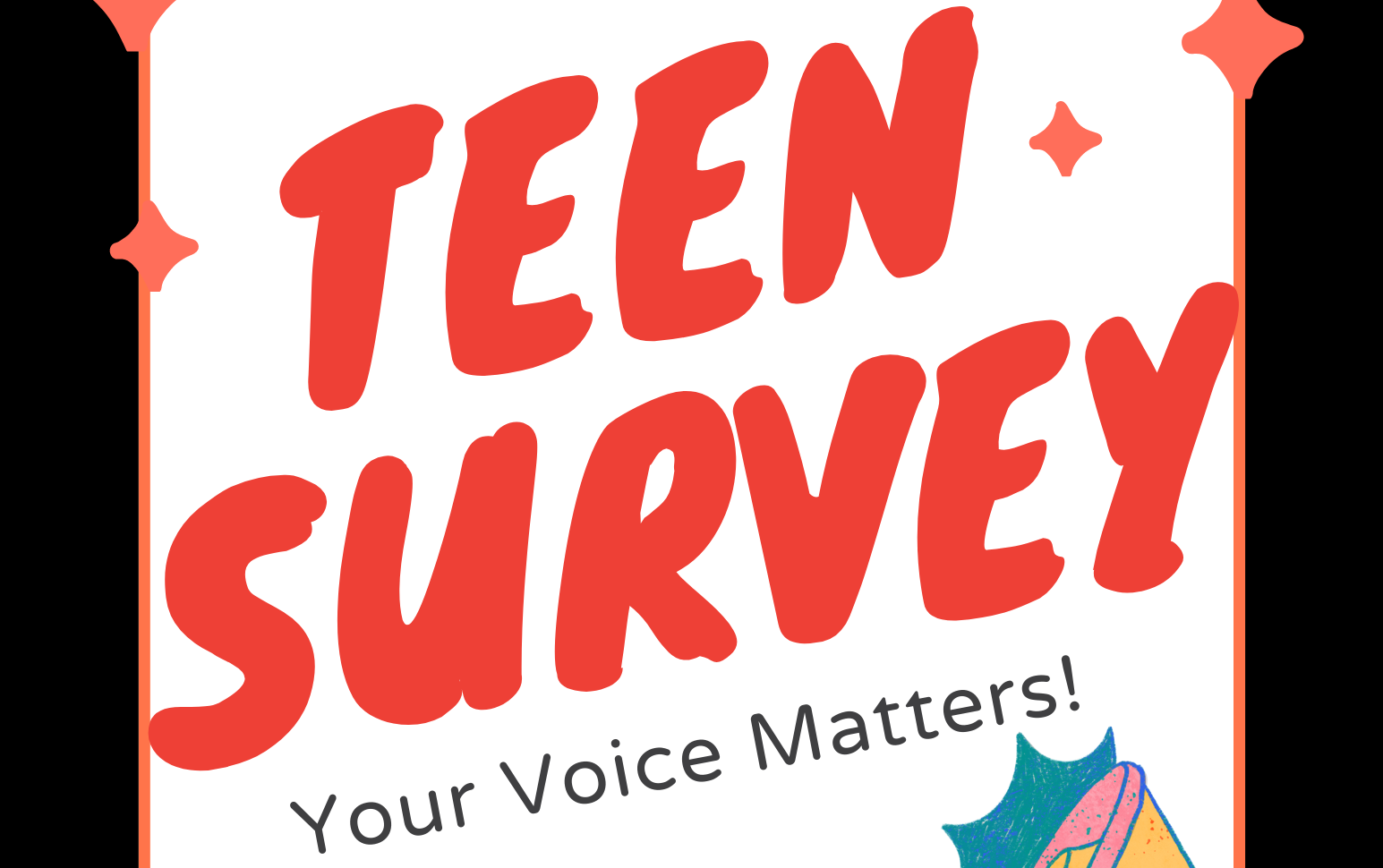Climate change is an urgent, growing problem that is impacting many areas of the world. It’s something that can’t be stopped by one person, or even one country. Everyone has to do their part to save our planet, but changing your habits is hard, and redundancy is common on the internet.
Normally when you look up climate change solutions on the web, we see the usual answers: use renewable resources, don’t burn fossil fuels, reduce car emissions, take public transportation, go vegetarian, etc. But these things have been around for years, and global warming is still getting worse. It’s time for a more modernized approach to this issue if we want to reverse this planet’s descent into destruction.
Change your search engine
If you use search engines like Google, Bing or Yahoo, you should rethink. It’s easy to assume that these are okay, after all they are the default settings, but it takes a lot of energy to power a search engine like Google. Every search on Google translates to roughly 0.2 grams of carbon dioxide released into the environment. This may not seem like a lot, but there are about 5.8 billion searches being made per day. While Google may be one of the most popular search engines, there are other options that are better for the environment.
Ecosia is a search engine that uses its profits to plant trees where they are needed most. OceanHero works to remove plastic from the ocean. One piece of plastic is removed from the ocean for every five searches that are made, using ads to recover the plastic. Ekoru gives 60% of its revenue to Big Blue Ocean Cleanup and Operation Posidonia. Big Blue Ocean Cleanup works on cleaning pollution from the water, and Operation Posidonia reforests oceans by replanting seagrass, which absorbs CO2 40 times faster than tropical forests.
All of these search engines work almost exactly like the ones you’re used to, except they all run on 100% renewable energy. Changing your search engine is an easy and efficient way to help save the planet.
Switch to a different light bulb
The standard and most common light bulbs are called incandescent light bulbs. They are popular because they are cheap, but they’re the least energy efficient and have the shortest lifespan (about 1,000 hours). Switching to a more effective and long-lasting light bulb like CFLs and LEDs will not only cost less in the long run, but will also reduce your carbon footprint.
Compact Fluorescent Light Bulbs (CFLs) use 40-80% less energy than incandescent and can reduce a half ton of CO2 from the atmosphere over its lifespan. However, they do have disadvantages. Turning them on and off frequently can shorten their lifespan and they are sensitive to temperature change, so outdoor use is not recommended. One major drawback to CFLs is that they contain mercury, which is a toxic metal. It is not harmful while it is being used, but mercury will be released if the lightbulb is broken or disposed incorrectly.
If CFLs seem too risky for you, another (safer) alternative is a Light-Emitting Diode (LED). They use 90% less energy-even less than CFL-and emit 80% less greenhouse gases than incandescent bulbs. LEDs are some of the most eco-friendly light bulbs because they are highly focused and therefore reduce light pollution, and also release less heat than other bulbs. In addition to this, LEDs are great for outdoors and don’t attract bugs.
Both CFLs and LEDs are environmentally friendly replacements for incandescents, which only last up to a year, compared to CFLs’ 10 years and LEDs’ 25. Even a small change like this can benefit the environment.
Use renewable resources
One of the main sources of greenhouse gases and air pollution is the burning of fossil fuels, which are non-renewable resources. What we should be using instead are renewable resources like solar power, wind power, water power, etc. The energy created by these resources is called green energy, or green electricity. You can implement green electricity into your home by buying solar panels (reducing your electric bill) or contacting your utility company to see if green energy is an option. If it is, you can pay slightly more to get your electricity from either partially or completely renewable sources.
Alter your diet
It might be surprising, but making the smallest alterations to your diet can have a big impact on your carbon footprint. For example, eat less beef. Raising cattle and sheep creates a lot of methane, a powerful greenhouse gas. Cutting out meat or even just reducing consumption can help. Shopping locally is also a good way to help your community and environment. It supports local businesses, provides community jobs, and reduces transportation costs, therefore decreasing carbon emissions.
Bring Your Own Shopping Bags
When you go grocery shopping, the plastic bags you use are adding methane and ethylene to the environment. They take hundreds of years to break down, and harm the environment by contaminating soil and water, killing many marine animals.
But there’s an easier and more useful substitute that works much better. You can buy eco-friendly, reusable shopping bags from your grocery store or even online. These bags are bigger, more durable and can hold more groceries without breaking or tearing.
Under normal circumstances, these bags would be the best things to use when going grocery shopping. However, we are in the midst of a pandemic, and reusable bags could be unhygienic if the user doesn’t wash them with soap and water after every use. Several grocery stores have disallowed the use of these reusable bags because of health concerns, so they might not always be an option. Some stores have instead offered disposable paper bags to reduce plastic waste without endangering their employees.
Soke Allwood, 13, Campbell Middle School




